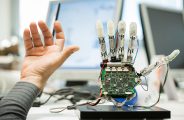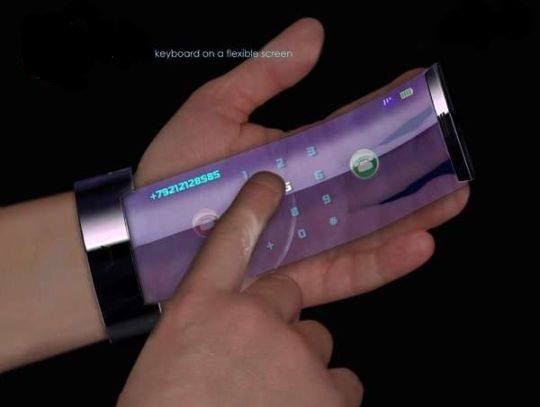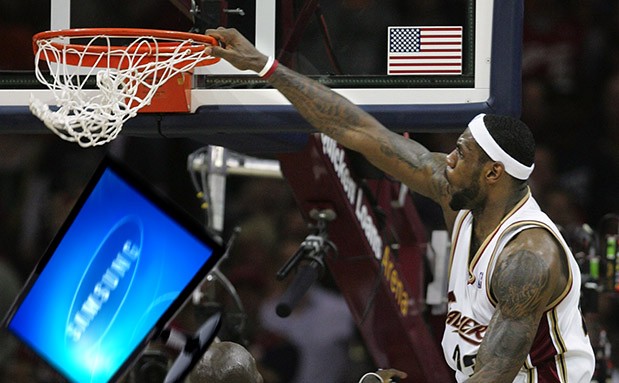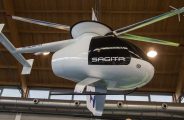Ford Opens The Door To Their Vehicles To Make Smart Apps For the Car
The Cloud connected Ford EVOS Concept Car, ushering in a new era of interconnected car/user experience.
Your car already knows a lot about your driving experience. It’s a rolling computer filled with hundreds of sensors that measure speed, location, tire pressure, if your door is ajar, and every part of engine performance. Yet, sometimes it seems to know so little about you. In fact, your phone probably knows a lot more.
Auto manufacturers such as Ford have sought to bridge the gap between the cars we sit in and the phones in our pockets with platforms like Sync, Bluetooth connectivity, hands-free voice control and in-car apps. Yet it’s not yet a cohesive experience.
“It’s time for the car to be a social device. Not to be isolated,” said Farley.
 In this trial, developers will gain access to roughly 20 in-car data points. The data arrives in a highly digestible JSON (JavaScript Object language), that developers can choose to use any way they want. So while it’s called an app challenge, they could use it to power and access external hardware such as a hood-mounted solar array.
In this trial, developers will gain access to roughly 20 in-car data points. The data arrives in a highly digestible JSON (JavaScript Object language), that developers can choose to use any way they want. So while it’s called an app challenge, they could use it to power and access external hardware such as a hood-mounted solar array.
I saw a brief demo where Ford technicians used the data to drive an Android tablet-based dashboard that included location, fuel mileage, brake use (and its impact on fuel mileage), speed and more.
Developers have two options for developing an app. One is to buy a hardware kit from Ford (I saw a prototype). The key component is the “vehicle interface.” It plugs into the car’s data port and communicates with your mobile device via Bluetooth. A Ford representative told me there are many devices that can plug in and read that data, but none (beyond this one) that can deliver data to developers. As of now, Ford couldn’t say when the kit would be available, or offer much detail on pricing. “Free” is under consideration.
The other option is to use Ford’s emulator data, which is already freely available on the company’s website. It’s not real-time, but can provide a variety of scenarios programmers can develop against.
The best fuel efficiency and inter-connectivity apps could win prizes totaling $50,000 from Ford.
There’s More
While this contest is just a first step, there’s broader value for Ford’s customers in this “democratization of data.”
“What we recognize is that if we lower those barriers to innovation, we can get outside help,” said K. Venkatesh Prasad, Senior Leader Open Innovation at Ford.
Putting this data in the hands of outside developers will clearly lead to ideas beyond fuel efficiency, leading into areas where the increasing amounts of in-car technology has led to greater concerns over driver distractibility.
Smartphones are such a big part of our lives (Ford’s Farley recounted an anecdote that said the average stolen wallet is replaced in two days, while the average stolen phone is replaced in one), that the integration of our digital life into cars is almost a given. But, “the most important part for Ford is to enable that to happen safely,” said Farley.
Ford executives added, though, that their open architecture means it’s possible that someone will eventually be working on a distracted-driving app.
There’s also the chance that further integration of the cellphone experience, in a far more seamless way, could lead to lower driver distraction. Google’s Kraham said seamless interactivity — more predictive interaction within the car so you never have to use the phone — could make a difference.
The group did acknowledge that a more contextually aware car could introduce privacy concerns, but Ford’s Farley said everything will be opt-in. “It won’t work if it’s annoying. It won’t work if it’s creepy.”


















































